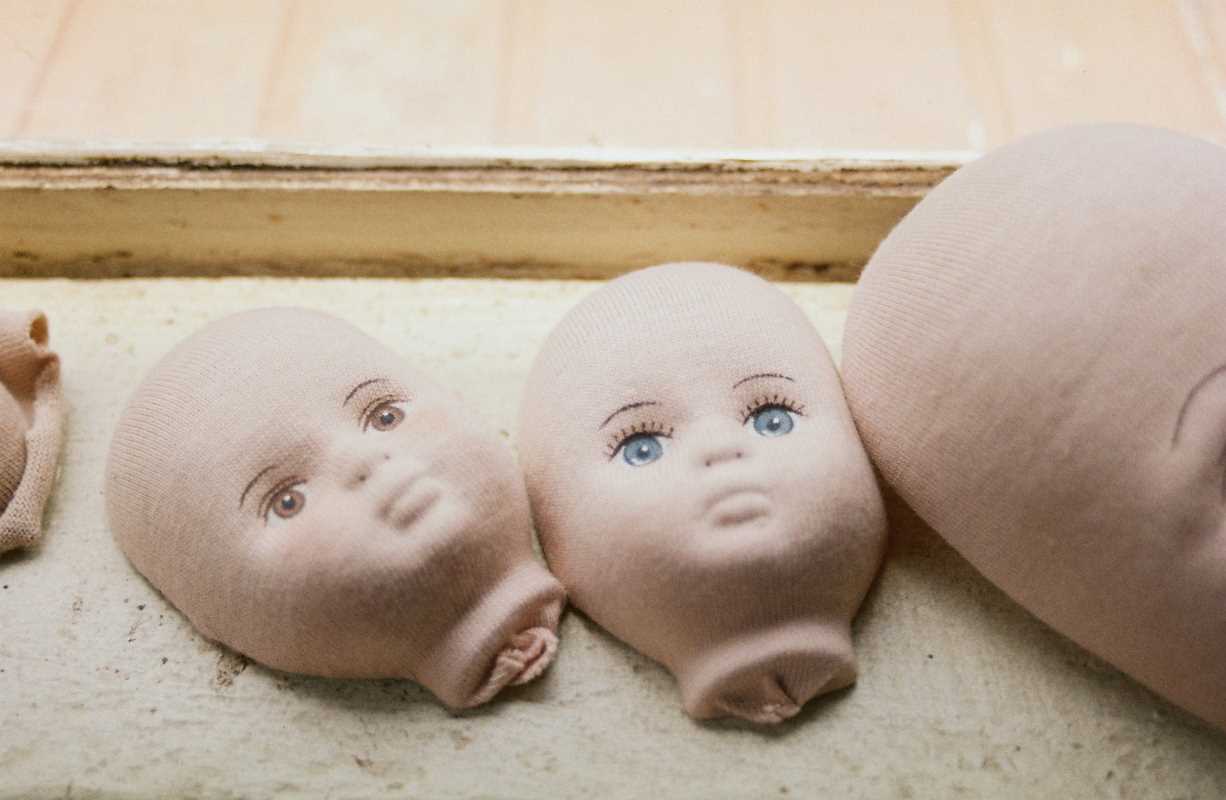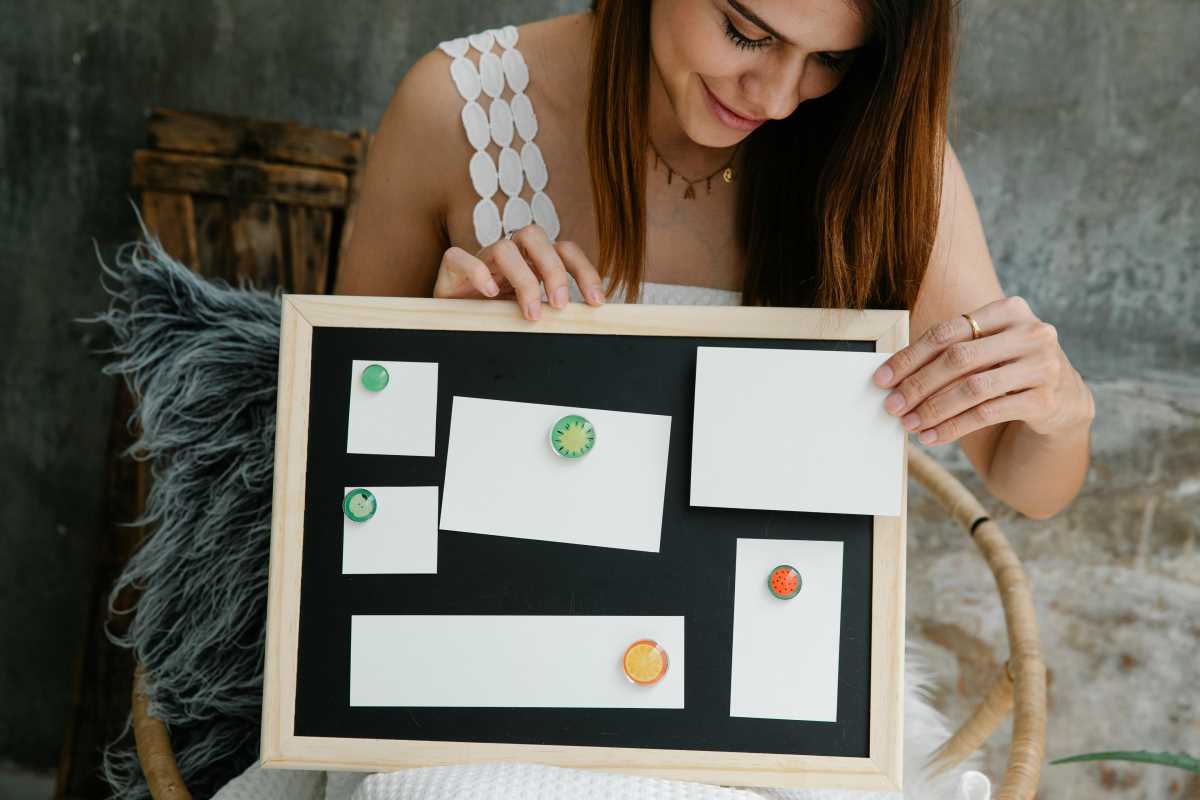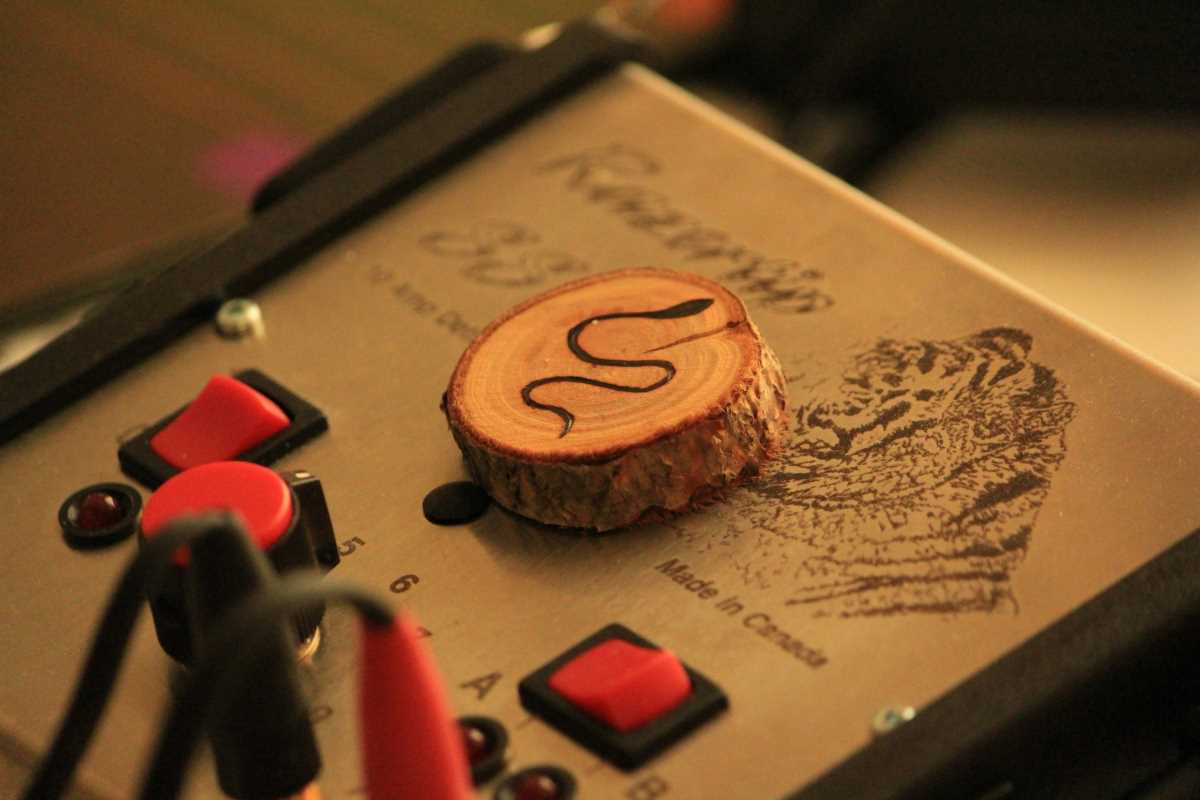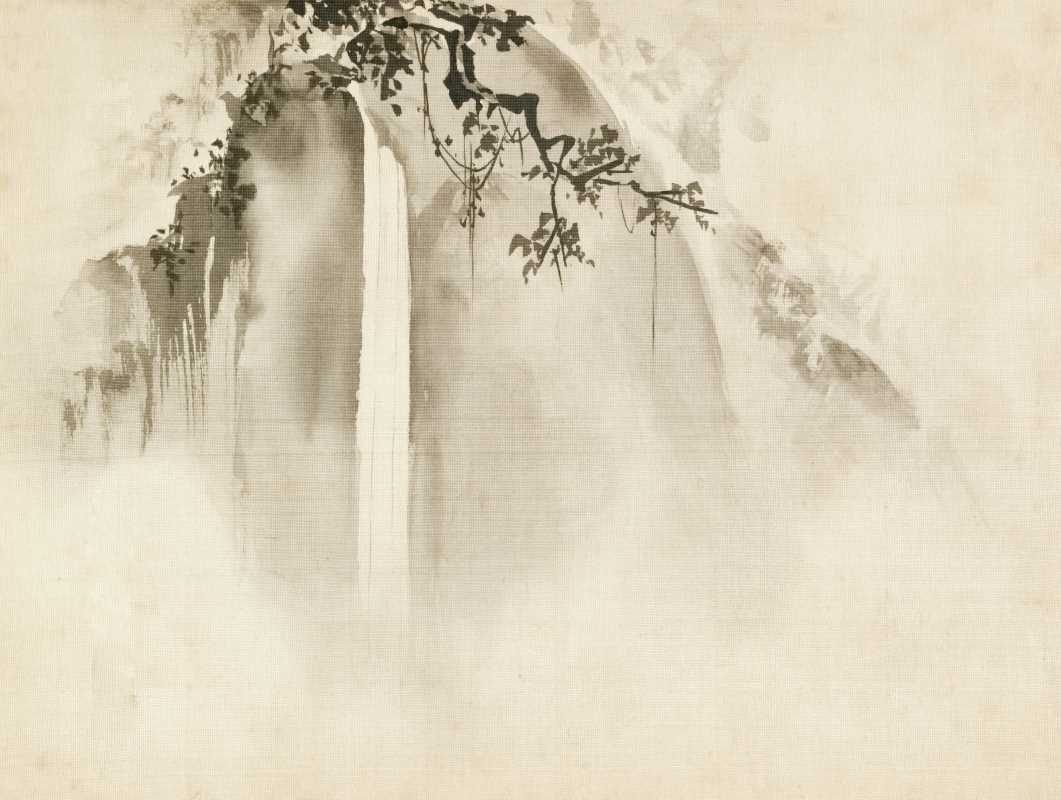Gather smooth pebbles, fallen leaves, and colorful petals to create a unique mosaic that reflects your own experiences. Soft moss and jagged shells can fit together like pieces of a puzzle, encouraging you to discover new shapes and colors inspired by nature. When you collect bits of bark or small twigs, your hands shape these fragments into a lively tapestry that honors the story behind each natural object. Each element you add brings its own character, and the process invites you to appreciate the textures and colors found outdoors, turning simple materials into a meaningful work of art.
This creative pursuit awakens your senses as you sort textures and colors, inviting moments of curiosity and wonder. Feel the contrast between cool river stones and warm sun-dried leaves beneath your fingertips, letting inspiration strike in unexpected pairings.
Whispering Surfaces: Sensory Discovery in Natural Mosaics
Constructing a mosaic from found objects transforms passive observation into an immersive exploration. When you press a velvety fern into place or nestle a smooth pebble beside a rough shard of bark, you engage more than sight—you awaken touch and smell. Each piece carries a fragment of its environment, so your mosaic becomes a living record of damp forest floors, windswept beaches, or sun-warmed stones.
Instead of simply gluing bits down, try rearranging items by texture first: group soft moss with dry pine needles, then experiment by swapping placements. This tactile storytelling broadens creative choices and deepens your connection to the pieces you gather.
Timeworn Tales: Tactile Storytelling Through Found Fragments
Every fallen acorn cap or broken seashell holds a quiet history. By weaving these fragments into patterns, you coax out stories that slip beneath everyday awareness. Perhaps a jagged shell once witnessed ocean waves crashing at sunrise, or a bit of driftwood floated during a storm. Arranging them into shapes or mandalas can unlock memories or spark new narratives.
Consider grouping items by their journey: shells that washed ashore, leaves that drifted from a nearby oak, pebbles smoothed by rushing water. As you build each section, you create a tangible diary of natural processes, with each fragment serving as a word in a larger sentence.
Create Step-by-Step Mosaic Projects
- Found-Pebble Layout
- Purpose: Achieve balanced color gradients
- Steps:
- Gather pebbles of varying sizes and hues from riverbanks or gravel paths.
- Wash and dry the pebbles to reveal their true tones.
- Arrange them on a flat board by shade, moving darker stones toward the center for a focal glow.
- Cost/Availability: Pebbles are free in most public spaces, but permission may be needed in protected areas.
- Insider Tip: Use a small paintbrush to clear dust between each stone when fine-tuning your gradient; this highlights subtle color shifts.
- Leaf-Frame Technique
- Purpose: Create dynamic silhouettes with pressed foliage
- Steps:
- Press fresh leaves between heavy books for 48 hours to flatten.
- Sketch a simple border design on a wooden panel using a pencil.
- Adhere leaves one at a time with clear-drying glue, trimming edges as needed to maintain the outline.
- Cost/Availability: Pressing requires no extra expense; a glue bottle under $10 works well.
- Insider Tip: Place wax paper under each book-leaf sandwich to prevent sticking and keep pressed shapes crisp.
- Shell-Inlay Pattern
- Purpose: Evoke seaside palettes in small decorative pieces
- Steps:
- Rinse shells in a saltwater soak to remove grit and odor.
- Let them air-dry for 24 hours, then sort by size and color.
- Sketch a swirling design on a ceramic coaster, and fill each swirl with shells using epoxy resin to lock them in.
- Cost/Availability: Epoxy resin kits range between $15–$25; shell collecting is cost-free on most beaches.
- Insider Tip: Mix resin in small batches to prevent rapid curing; this gives you extra time to position each shell precisely.
- Bark-Mosaic Backdrop
- Purpose: Introduce rustic depth in wall art
- Steps:
- Peel bark pieces from fallen branches or collect loose slabs on forest walks.
- Sand flat side of each bark chunk to improve adhesion.
- Arrange pieces on a plywood sheet, starting from the bottom and overlapping edges like shingles. Secure with wood glue and small nails.
- Cost/Availability: Bark is freely available; a basic sander and wood glue cost under $30 combined.
- Insider Tip: Use a color wash of diluted acrylic paint to tie bark pieces together tonally before mounting.
- Petal-Mirror Frame
- Purpose: Infuse delicate color and fragrance
- Steps:
- Collect fresh petals and press them between wax paper for 24 hours.
- Secure pressed petals onto a plain mirror frame using clear matte sealant.
- Layer multiple petals in overlapping patterns, letting edges curl naturally before sealing.
- Cost/Availability: Pressing requires no tools beyond household items; sealant and brushes cost under $15.
- Insider Tip: Work in small sections and lightly mist a fingertip with water to gently press petals without tears.
Nature’s Palette: Crafting Color Stories
Use a simple numbered list to keep track of and compare shades from your collected items.
Note how deep greens of moss contrast with amber leaf veins or how river stones shift from pale gray to soft rose pink. Write down these observations to help guide your next color combination.
Connecting with the Environment
Reconnect with nature by pausing to appreciate each material's origin before adding it to your mosaic. Label sections with notes like “shoreline” or “forest floor” to weave in subtle storytelling. This mindful approach enriches your artwork with both environmental meaning and personal creativity.
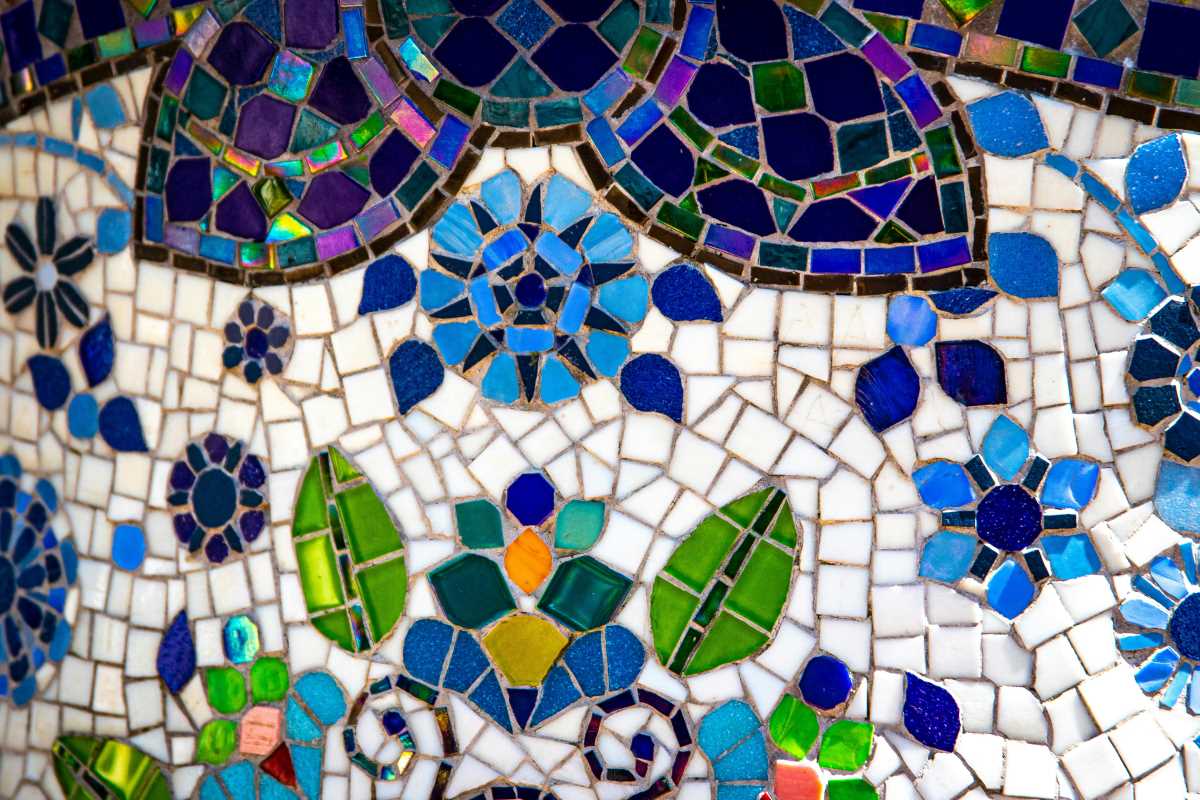 (Image via
(Image via